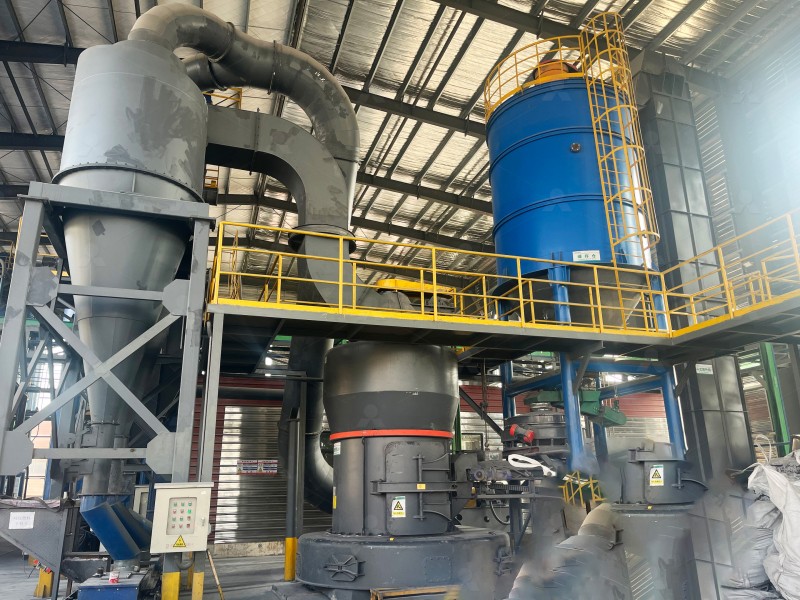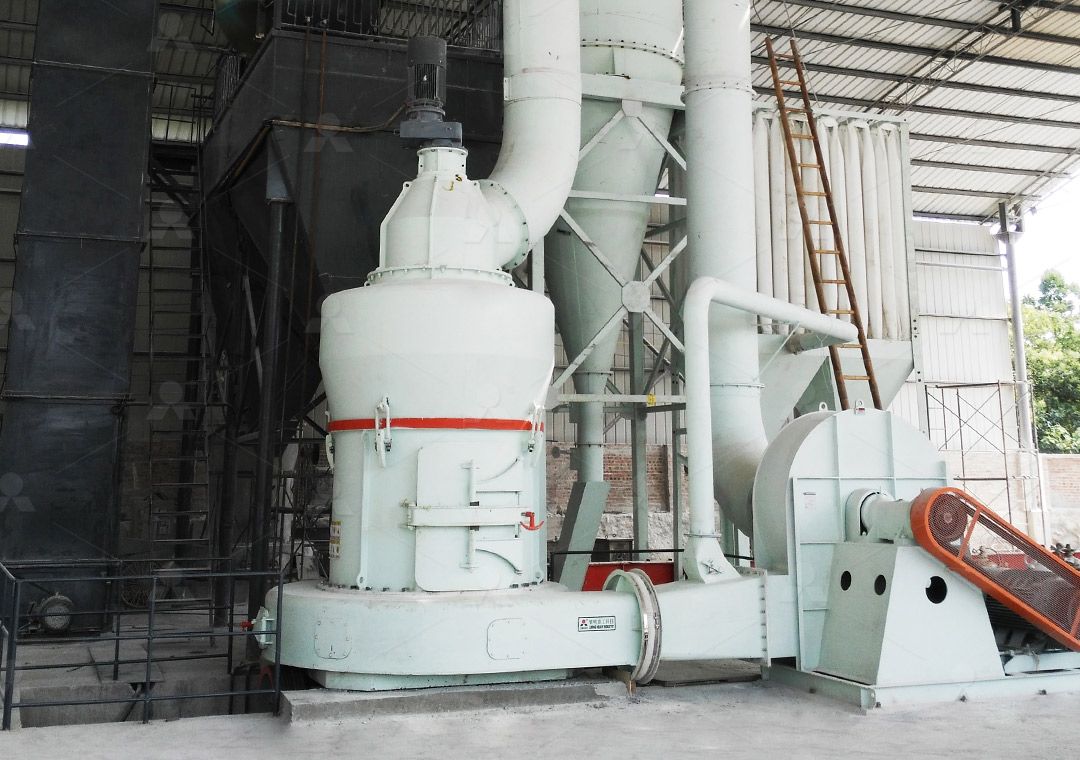High Pressure Grinding Mill for Barite Processing
High Pressure Grinding Mill for Barite Processing
Barite, a mineral composed of barium sulfate, is crucial in various industrial applications, particularly in the oil and gas industry as a weighting agent for drilling fluids. Processing barite into fine powder requires specialized grinding equipment that can handle its moderate hardness and specific gravity. High-pressure grinding mills have emerged as the preferred solution for achieving the precise particle size distribution and high purity demanded by end-users.

The challenges in barite processing include maintaining consistent fineness, minimizing iron contamination, and achieving high throughput while controlling operational costs. Traditional grinding methods often fall short in meeting these requirements efficiently. Modern grinding technology addresses these challenges through innovative engineering solutions that optimize grinding pressure, material flow, and particle classification.
Technical Considerations for Barite Grinding
Successful barite processing depends on several critical factors. The grinding equipment must handle feed sizes up to 20mm while producing powders ranging from 200 to 2500 mesh. The grinding chamber design should prevent material accumulation and ensure uniform grinding. Additionally, the system must incorporate effective dust collection to maintain a clean working environment and product purity.
Energy consumption represents a significant portion of operating costs in barite processing. Advanced grinding mills utilize optimized grinding curves and efficient drive systems to reduce power requirements by 30-50% compared to conventional mills. The absence of rolling bearings and screws in the grinding chamber eliminates common failure points, enhancing reliability and reducing maintenance downtime.

Recommended Solution: MW Ultrafine Grinding Mill
For operations requiring ultra-fine barite powder, our MW Ultrafine Grinding Mill delivers exceptional performance. This advanced system processes materials with input sizes of 0-20 mm and capacities ranging from 0.5 to 25 tph, making it suitable for various production scales. The mill’s innovative design features higher yielding with lower energy consumption, achieving 40% higher production capacity than jet grinding mills with the same fineness and power specifications.
The MW series incorporates German cage-type powder selector technology, enabling precise fineness adjustment between 325-2500 meshes. This flexibility allows producers to meet specific customer requirements for different applications. The mill’s unique construction eliminates rolling bearings and screws from the grinding chamber, preventing common failure points and ensuring continuous operation.
Environmental considerations are addressed through an efficient pulse dust collector and muffler system that minimizes dust and noise pollution. The fully sealed operation under negative pressure prevents material leakage, while the automated control system simplifies operation and monitoring. For barite processors seeking to enhance their product quality while reducing operational costs, the MW Ultrafine Grinding Mill represents an optimal solution.
Alternative Option: LUM Ultrafine Vertical Grinding Mill
For operations with space constraints or requiring vertical integration, the LUM Ultrafine Vertical Grinding Mill offers compact efficiency. With an input size of 0-10 mm and capacity of 5-18 tph, this mill integrates grinding, classifying, and transporting in a single unit. Its unique roller shell and lining plate grinding curve design generates stable material layers, ensuring consistent product quality and high whiteness preservation.
The LUM mill features double position-limiting technology that maintains operational stability even under variable feed conditions. The reversible structure simplifies maintenance, allowing quick access to grinding components without extensive disassembly. This mill particularly suits operations requiring frequent product changes or processing multiple mineral types alongside barite.

Operational Advantages in Barite Applications
Both recommended mills provide significant benefits for barite processing operations. The digitalized processing ensures high precision manufacturing of core components, extending equipment life and maintaining performance consistency. Original spare parts availability and comprehensive technical support guarantee worry-free operation, minimizing production interruptions.
The grinding systems’ adaptability allows processors to respond to changing market demands quickly. Adjustable fineness parameters enable production of multiple barite grades from the same equipment, while the energy-efficient designs reduce environmental impact and operating costs. These advantages make modern grinding mills a valuable investment for barite processors seeking to enhance their competitive position.
Frequently Asked Questions
What fineness can be achieved when processing barite?
Our MW Ultrafine Grinding Mill can achieve fineness between 325-2500 meshes (approximately 45-5 microns), with the capability to reach d97≤5μm in a single pass. The adjustable powder selector allows precise control over particle size distribution.
How does the grinding mill prevent iron contamination in barite products?
The grinding chamber design eliminates direct metal-to-metal contact in critical areas, and the use of wear-resistant materials reduces mechanical wear. Additionally, the magnetic separation system removes any iron particles that may be introduced with the feed material.
What is the typical energy consumption for barite grinding?
Energy consumption varies based on the required fineness, but our MW series typically reduces energy consumption by 30-50% compared to conventional grinding mills, processing barite at approximately 40-60 kWh/t for 325 mesh product.
How does the system handle variations in feed material characteristics?
The advanced control system automatically adjusts grinding pressure and classifier speed to compensate for variations in feed size, moisture content, and hardness, ensuring consistent product quality despite changing feed conditions.
What maintenance requirements should be expected?
The grinding rollers and rings typically require inspection every 2000-3000 operating hours, with replacement needed after approximately 8000-10000 hours depending on material abrasiveness. The centralized lubrication system reduces routine maintenance needs.
